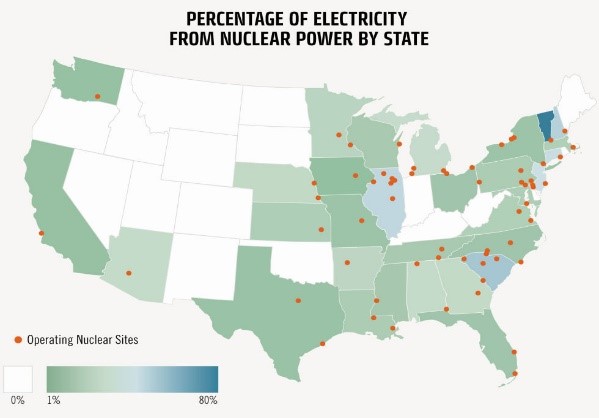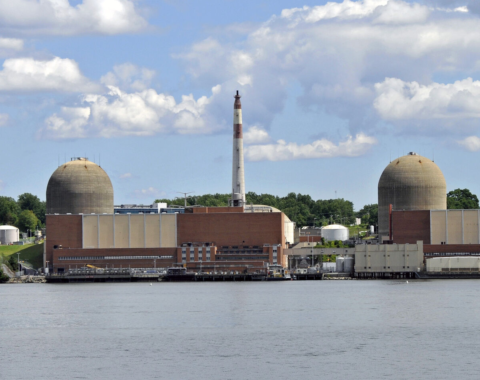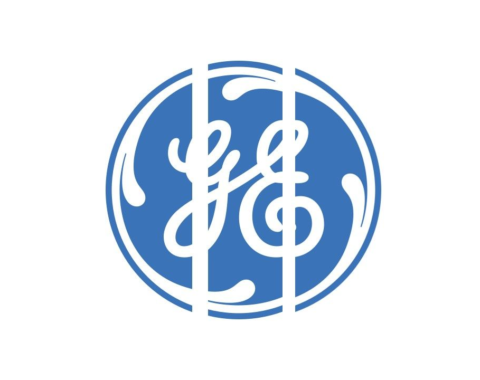
Twelve states generated 30% or more of their electricity from nuclear power plants in 2019. There were three states that generated more than 50%; New Hampshire 61%, South Carolina 56%, and Illinois 54%. The other nine are listed by their percentage contribution; Tennessee 44%, Connecticut 42%, Maryland 38%, New Jersey 37%, Pennsylvania 36%, New York 34%, North Carolina 32%, Alabama 31%, and Virginia 30%. Although Arizona is missing from this group of 12, they are home to the largest power plant in the U.S. by annual generation – Palo Verde. This 3-unit station produced 32 million megawatt hours in 2019
Once again, the U.S. nuclear fleet has achieved a new personal best, even though the utilities and their operators faced formidable challenges. The nation’s nuclear power plants chalked up another excellent performance during 2017–2019. A record 809.4 TW-hr (Terra Watt-hours) of electricity was generated in the United States from nuclear power plants in 2019, according to the U.S. Energy Information Administration (EIA), besting the previous record of 807.1 TW-hr set in 2018.
The net capacity factor of our nuclear power plants for 2017– 2019 is 91.20%, up by 0.60 percentage points from the 2014–2016 capacity factor of 90.60%. Capacity factor is a measure of how well the nuclear plant is performing based on its potential – represented as a percentage – using the ratio of actual output to its maximum possible output. Our nation’s nuclear fleet has been providing reliable resilient electricity for a long time – as evidenced by their capacity factor of 90% for over 15 years.
The top five nuclear utilities for 2017-2019, based on their capacity factor (CF). were Southern Company (94.31% CF), Exelon (93.59% CF), Excel (91.59% CF), Duke Energy (91.42% CF), and Energy Harbor (91.18% CF).
When comparing Boiling Water Reactors (BWR’s) versus Pressurized Water Reactors (PWR’s) – BWR’s edged out PWR’s in 2017–2019 by a slight margin: 33 BWRs had an average capacity factor of 91.27%, while 65 PWRs had an average capacity factor of 91.14%
Calls for relief from unfavorable market pricing conditions for our nuclear power plants have been made, such as, the zero emissions credits (ZEC) that some states have approved. You may recall that in July 2019, the Ohio Clean Air Act established a ZEC program, allowing Ohio to join four other states with similar programs – Connecticut, Illinois, New Jersey, and New York – which benefitted Energy Harbor’s Davis-Besse and Perry nuclear power plants. Later, in October 2019, Pennsylvania Governor Tom Wolf announced that his state would join the Regional Greenhouse Gas Initiative, and Energy Harbor credited that move as essential to their continued operation of the Beaver Valley nuclear power plant in western Pennsylvania.
However, today these protections look somewhat tenuous, because of legal challenges and a lack of control over outside circumstances, including the Federal Energy Regulatory Commission’s December 2019 order to the PJM Interconnection to extend the minimum offer price rule to include nuclear power plant resources within PJM’s territory that receive state subsidies such as ZECs. Unless the affected plants – in Illinois, New Jersey, and Ohio—can find a way to opt out of PJM’s capacity market, their nuclear power plants could lose their legislated ZEC benefits
Today, more than ever, we depend on electricity being available when and where we need it, because many workers are homebound and cannot be productive without reliable Wi-Fi and electricity. Renewables are intermittent, unreliable, and they threaten the stability, reliability, and resiliency of our grid. Without reliable generators like nuclear, intermittent power – meaning rolling blackouts or brownouts could become a day-to-day reality, causing a loss of productivity with enormous economic impact.



